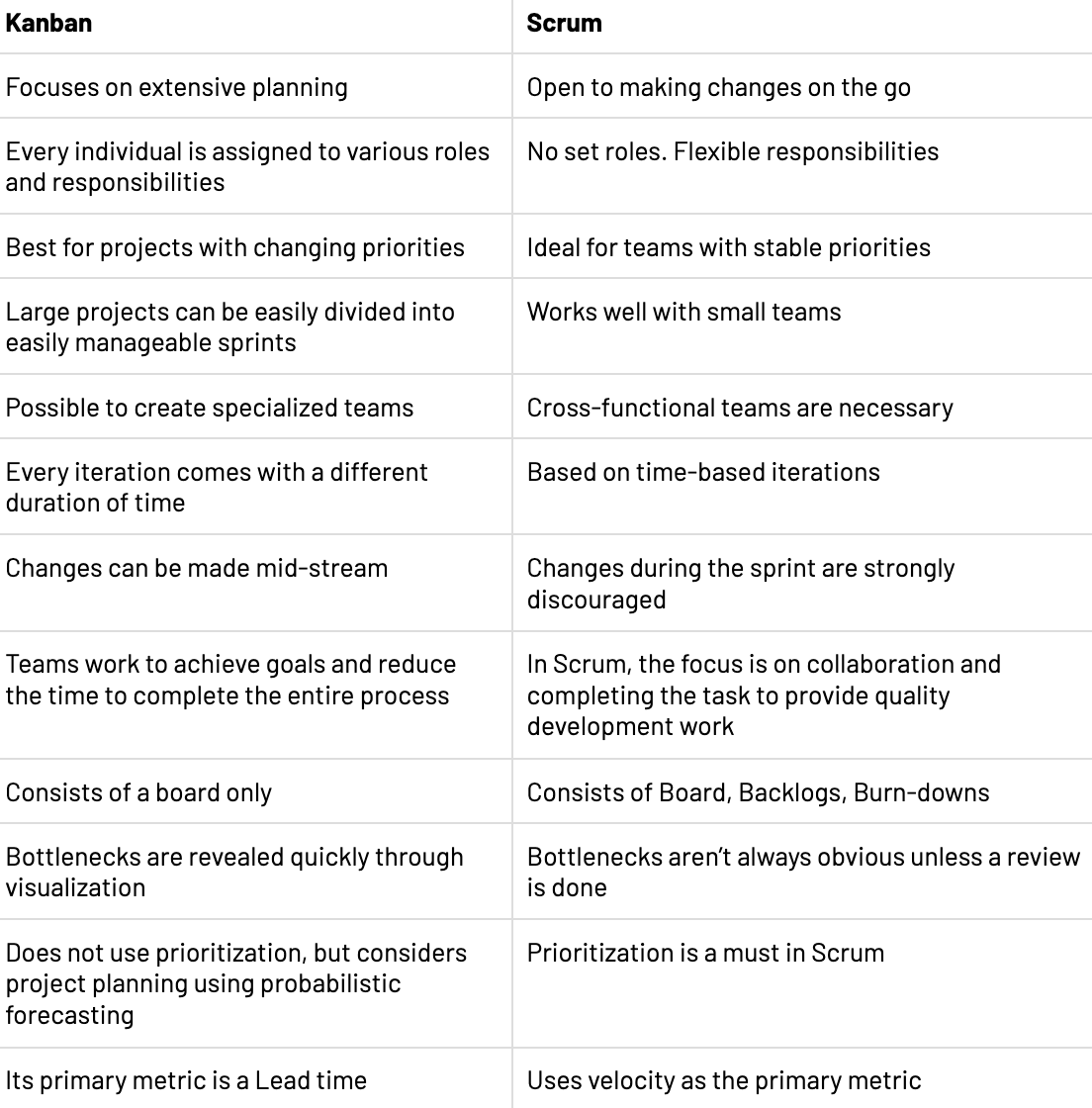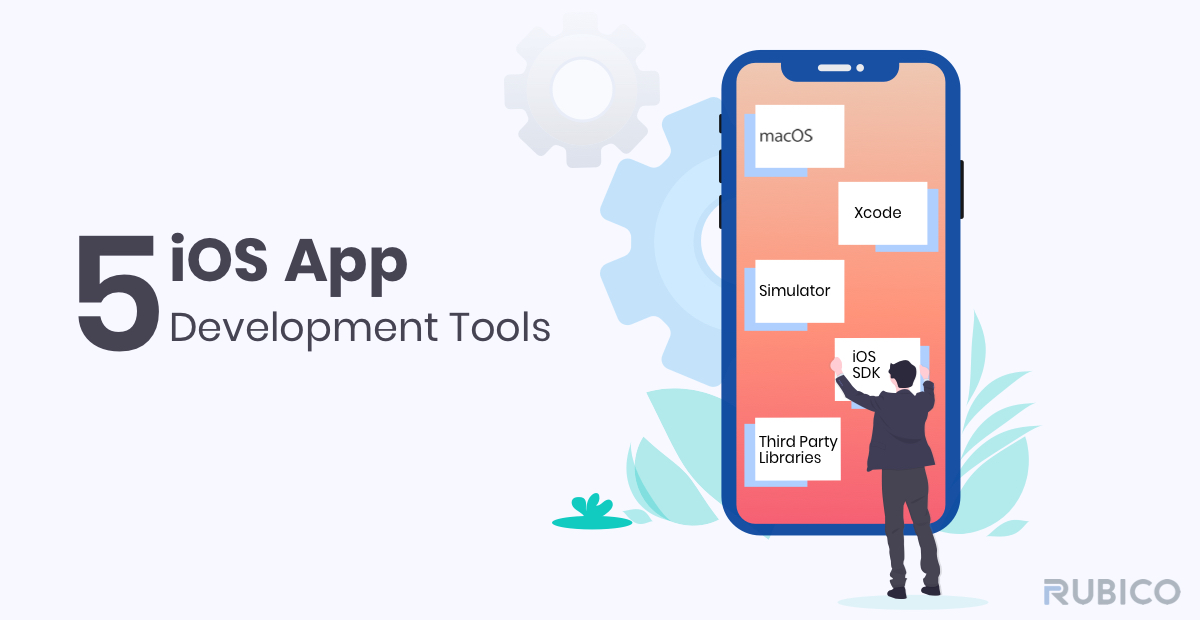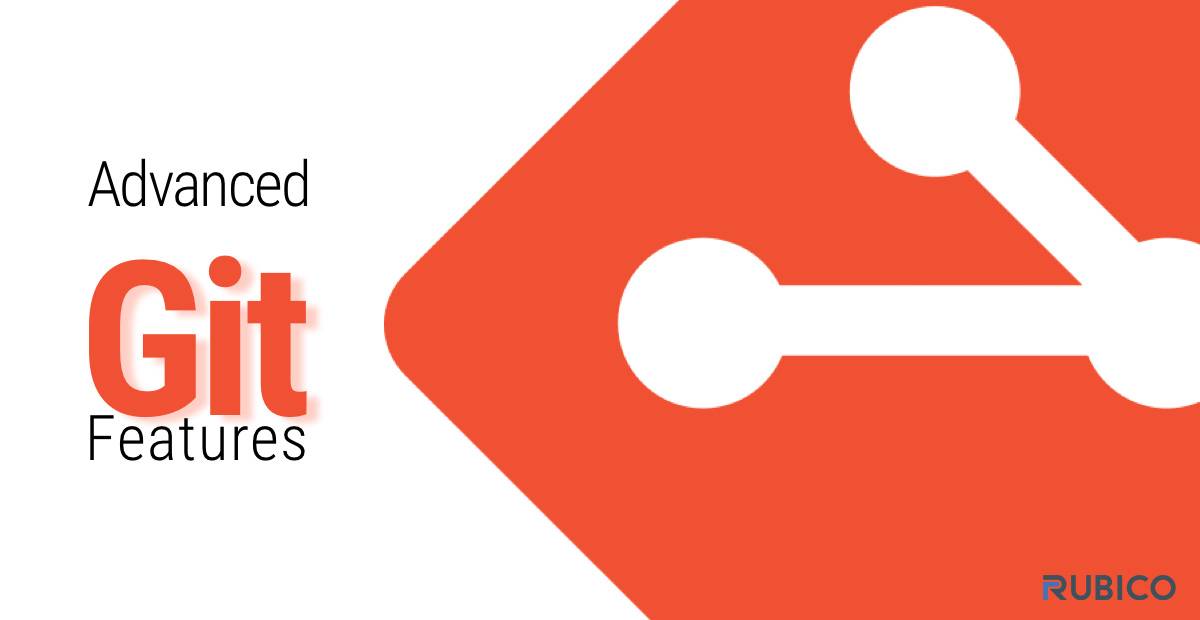A Comparison Between Kanban and Scrum

Kanban vs Scrum Project Management: Which One is the Better Approach?
Kanban or Scrum?
It doesn’t matter if you are in software development or project management, people love to debate about which approach is better Kanban or Scrum project management. The debate isn’t new and has been going on for quite some time.
Both Agile and Scrum are being used to streamline projects and increase efficiency. As these methodologies have proven to deliver results, they come with a lot of similarities and quite a few differences as well. Before we discuss them in detail, let’s take a moment to understand the basics of Scrum and Kanban.
What is Scrum project management?
Scrum is a simple framework that facilitates team collaboration on complex projects. The name is derived from the sport of rugby in which scrum is a formation where everyone plays a specific role, but everyone is working towards a quick adoption of strategies. It intends to deliver results in the shortest possible time with a lot of emphasis on iterative progress and teamwork.
The Scrum process
In the Scrum framework, a team works in a series of iterations often called sprints where they evaluate what is working and what’s not. Effective communication plays an important role in such short sprints and iterations.
Usually, a sprint or an iteration consists of the following:
- Sprint planning: A team meeting where team members plan to decide what to complete in the next sprint.
- Daily stand-up: A short huddle also known as a daily scrum to sync and know the latest updates.
- Sprint demo: An activity of a sprint review where the completed (done) product backlog items are demonstrated.
- Sprint retrospective: A review of what went well and what didn’t in order to improve upcoming sprints.
What is Kanban?
Kanban is a popular project management framework used to implement agile software development that focuses on continual delivery while not overburdening the development team. In Kanban, work items are represented visually on a Kanban board so that team members can see the state of work at any time. Much like Scrum, it is designed to help teams work together more effectively.
The Kanban process
Kanban project management is a visual system where you get to visualize both the process and the actual tasks in that process. The main purpose of Kanban is to visualize progress and manage work in a cost-effective way at a steady speed. It follows a set of principles to improve the flow of work and streamline tasks.
Six basic principles of the Kanban project management method are as follows:
-
Visualize the flow of work
Understanding and observing the current flow of work will help you visualize how tasks are progressing through the workflow.
-
Limit work in progress (WIP)
When you limit work in progress, it helps teams to complete the work at hand before moving to the next one. Thus, it’s essential for the work in progress to be marked as done so new tasks can be pulled in by the team.
-
Manage the flow of work
The whole point of using the Kanban methodology is to manage and improve the flow of work. The focus in Kanban is to have a thorough understanding of the process to get work done quicker and faster.
-
Make explicit process policies
When you are working as a team, it’s important for each member to be well aware of the policies, process rules, and guidelines. It encourages them to work their way forward with cooperation and harmony.
-
Implement feedback loops
Feedback loops are an integral part of the Kanban project management system where members tell others what they did the previous day and what’s on their list for today. Such short meetings provide a great opportunity for team members to update and sync with the team.
-
Continuous improvement
As Kanban provides a shared vision for a better future, it acts as a foundation for continuous evaluation and improvement. It is helpful in making teams more effective and productive.
The Basics
Kanban and Scrum frameworks operate in different ways. Like digital versions of traditional whiteboards, and relying on the fact that our brains process images 60,000 times faster than text, both frameworks use virtual tickets or post-it-note-style cards to plot out a project’s structure and timeline, using a “pull system” to break work up into steps, stories, or slices that can be understood at a glance.
Kanban Boards channel continuous workflow while conserving the number of work-in-progress (WIP) activities. Visually it resembles a board with vertical columns. In its simplest form, three are used: To Do, In Progress (Doing), and Completed (Done).
Kanban teams include stakeholders, the product owner or project manager, and a group of developers. Kanban implements the User Story model, using migrating cards to represent WIP.
Scrum breaks workflow into time-boxed iterations of up to 30 days called “sprints,” within which cards migrate from a ranked to-do list called a product or sprint backlog through the tasks “Not Started” and “Works in Progress” columns to the tasks “Completed” column. In this way, a Scrum Board’s evolution visually marks the team’s day-to-day progress throughout the sprint.
Kanban vs Scrum

Kanban vs Scrum vs Agility: Which project management framework to choose?
Choosing Kanban or Scrum framework could be entirely personal or depend upon project requirements. Whatever it is, make sure it’s a well-thought-out decision. If you’re confused, try both frameworks and ask what went well and what went poorly in both cases.
Keep the following points in mind before making the final decision:
- Choose Kanban if you’re looking for project flexibility
- Choose Scrum if you’re up for continuous devotion to projects
- Go for Kanban if you prefer visualization of workflow through metrics
- Scrum is recommended in case of intense human collaboration and rapid feedback
Troy Sanidhya, a Project Coordinator with Rubico has worked with Rubico for 1.5 years. He works in Dehradun, India at our office. For more information, head over to his LinkedIn.
With offices in the United States and India, Rubico is passionate about building websites, web applications, and mobile apps. With over 200 professionals and decades of experience, Rubico is dedicated to providing high-quality custom programming software development within the latest technologies.








